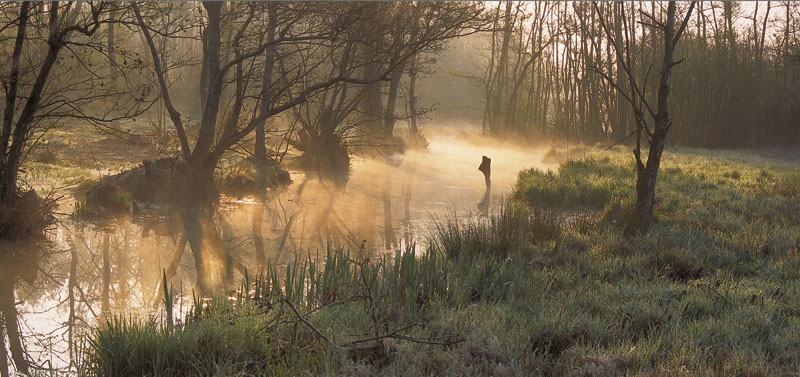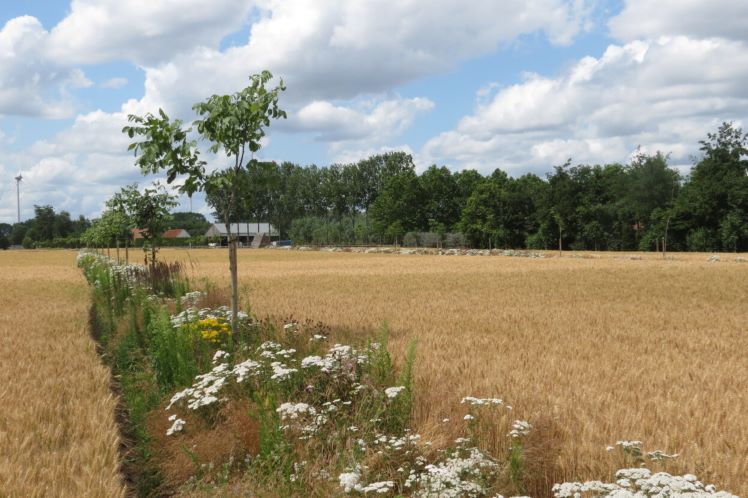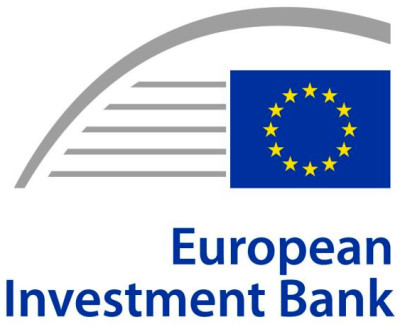CO2 Offset
Since many years EAERE has been giving Conference participants the possibility to offset the CO2 emissions related with their participation to the Annual Conference and thereby successfully contribute to mitigate the EAERE Conferences carbon footprint. Both in-person and online participants are encouraged to consider this opportunity.
During the registration phase, participants can opt for not compensating, compensating with a contribution of EUR 16.00, EUR 32.00 and EUR 64.00 in case they would like to offer a higher support to this initiative.
Participants opting for compensation will be asked to choose which project to support from the following two:
1. Protecting peat by Natuurpunt
Fens and peat bogs play an important role in the fight against climate change. Only 3 to 5 per cent of the total land area in the northern hemisphere consists of peat, but these peatlands contain 33 per cent of all soil carbon. Peatlands therefore have great potential to store carbon. But there is one condition: the peat must stay wet. When peatlands are drained (e.g. for agriculture or peat extraction), the carbon is released into the atmosphere as a greenhouse gas. Unfortunately, a lot of peatlands are in bad shape, emitting more carbon than they absorb. Globally, carbon emissions from drained peatlands are twice that of aviation. Protecting peat bogs is therefore an important climate mitigation policy because it preserve a key carbon sink. In addition to carbon storage, peat bogs come with lots of additional eco-system services co-benefits like water retention, flood control and biodiversity protection because peat land hosts unique plant and animal communities.
In Flanders (Belgium), peat bogs have almost disappeared completely because of drainage for intensive agriculture. Many of the remaining peat bogs are now managed by Natuurpunt which is the largest nature conservation organisation in Belgium with over 133.000 members, 48.000 volunteers and 28.000ha of nature reserves. Natuurpunt is making strong efforts to protect and expand peatlands in Flanders, in particular in the Vorsdonkbos and Turfputten project in the valley of the Demer close to Leuven. Parts of this area are one of the best preserved and managed lowland bogs in Flanders with the occurrence of the very rare quacking bogs with their exceptional natural values. Natuurpunt wishes to further expand and restore this peat area. By supporting this local nature-based solution, you are helping to protect and important carbon sink and you help to preserve unique habitat for indigenous orchids and rare butterflies.
For more information on Vorsdonkbos and Turfputten, see https://www.natuurpunt.be/natuurgebied/vorsdonkbos-turfputten (in Dutch)

© Erwin Rooms
2. Agroforestry in Flanders
Farmers use agroforestry or forest agriculture to sequester carbon in trees and soil in Flanders. They plant hedges along their plots and trees on grazing meadows. Those woody borders and trees then absorb CO2 from the air and sequester it in their biomass and in the soil. Agroforestry is not yet widely practised in Flanders, with only about 100 farmers having made the transition. Carbon offsetting through forest agriculture is also still a rarity. Through this project, we want to enable investment in the transition to agroforestry through compensation for farmers for the carbon captured by the planted trees and shrubs.
The cost per tonne of stored CO2 in these projects is higher than in carbon offsetting projects in tropical countries. The reason for this is that planting trees and shrubs in tropical areas costs less money than in Flanders, due to a lower price of land, materials and labour. The agroforestry projects in Flanders mainly store carbon in living trees and shrubs that remain for a long time, which is more expensive. At the same time, the Flemish agroforestry projects offer more certainty of long-term sequestration than other ways of carbon farming.
We are collaborating with scientists who are collecting data within this project to enable accurate estimates. Within the project, the amount of carbon stored on the forestry plots is calculated. The full amount of carbon is stored at 10, 20 or 30 years, depending on the farmer's preference. Moreover, the agroforestry projects aim not only to compensate farmers for CO2 sequestration, but also take into account the many other ecosystem services that trees and shrubs provide on agricultural plots: colouring the landscape, providing nesting and hiding places for fauna and flora, retaining groundwater, protection against erosion and drying out, .... By opting for this project, you are therefore choosing an ambitious project that stores carbon in Flanders over the long term and values woody plantations.
For futher info: https://www.treecological.be/projecten/agroforestry-in-vlaamse-velden/ (only in Dutch)

© Bos+
Last update on February 23, 2023 |





